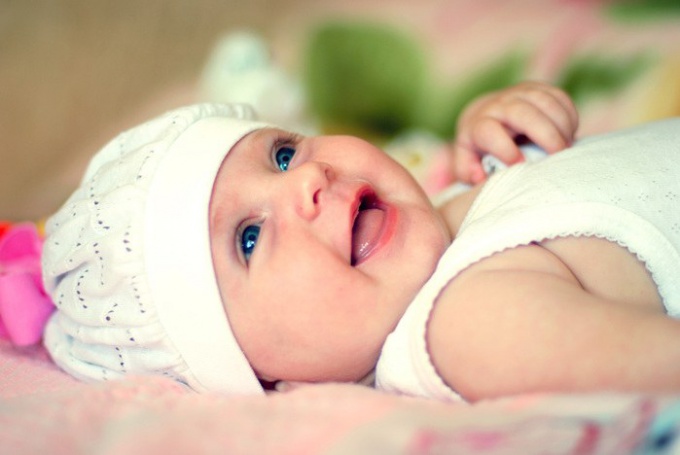Causes the blue hue of nasolabial triangle
Some diseases infants it is very difficult to determine by external signs. Therefore, during examination, the pediatrician asks the young moms a lot of questions on the topic of sleep, behavior and external changes of the baby. Short or long blue in the face, nasolabial triangle can be the first signs of abnormalities in the cardiovascular system. The real concern of the parents must call the additional blue in the face extremities of the child.
A false alarm can be called bruising nasolabial triangle in children with a bright and delicate skin. Similar effects may appear in first days of life, even around the eyes.
Heart disease is most frequently defined on such symptoms. Blue skin tone appears due to the mixing of two kinds of blood – arterial and venous. Such a process is due to the simultaneous reduction of oxygen in the blood. Before bruising nasolabial triangle, the child may suddenly begin to worry. Sometimes his movements resemble tremor.
If the baby happened this situation, you should immediately consult a doctor. It is better to call a specialist at home. During the inspection it is necessary to exactly tell all the details seen you. In addition to the disruption of the heart similar symptoms may indicate the presence of diseases of the nervous system or the incorrect structure of the heart walls. In some cases, appointed by surgery.
Examination of the child
When the blue hue of the skin of nasolabial triangle, the child is assigned a special set of examinations. At first the kid needs to see a pediatrician, surgeon and a neurologist. Be prepared for the fact that additionally have to undergo ultrasound examination. Only after all these steps, the baby will be diagnosed.
You should never hold back on any suspicious observations. All their concerns be sure to tell the doctor.
Bruising nasolabial triangle have a healthy baby
Quite often, the blue of nasolabial triangle appears in perfectly healthy children. The main reason for this effect may be hypothermic. In this situation, pay attention to the temperature of the air in the room, in the clothes in which the child is. The baby's lips can turn blue, for example, if you bathed him and did not pay attention to the fact that the bathroom and baby's bedroom temperature is dramatically different.
Most often bruising nasolabial triangle, there is the capricious and restless children. Due to constant emotional stress and crying, changes blood. The amount of oxygen in it decreases significantly. The result of this process becomes blue skin tone around the nose and above the upper lip.
